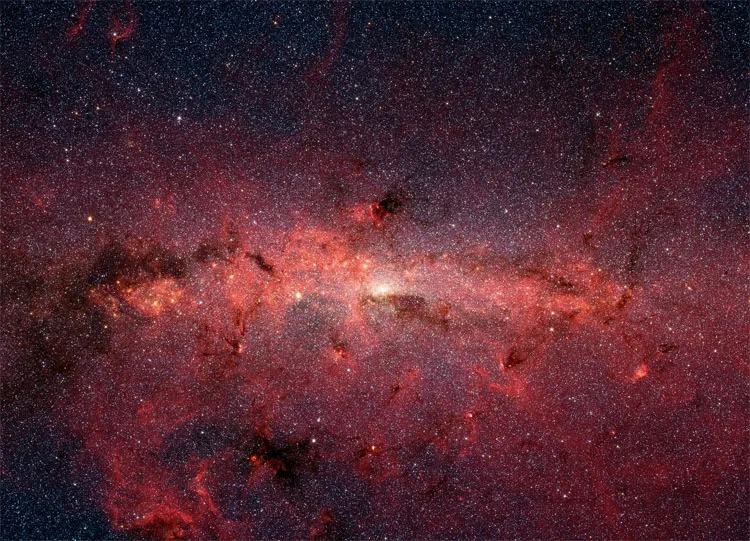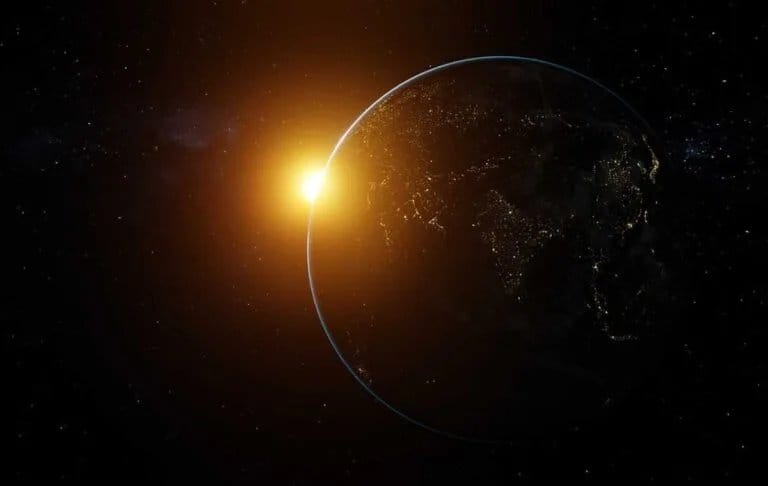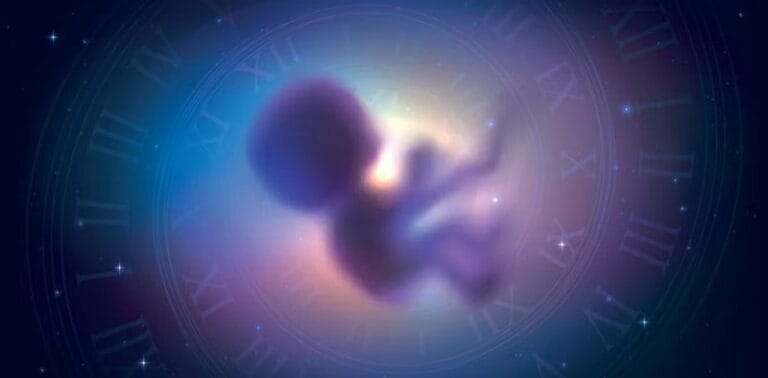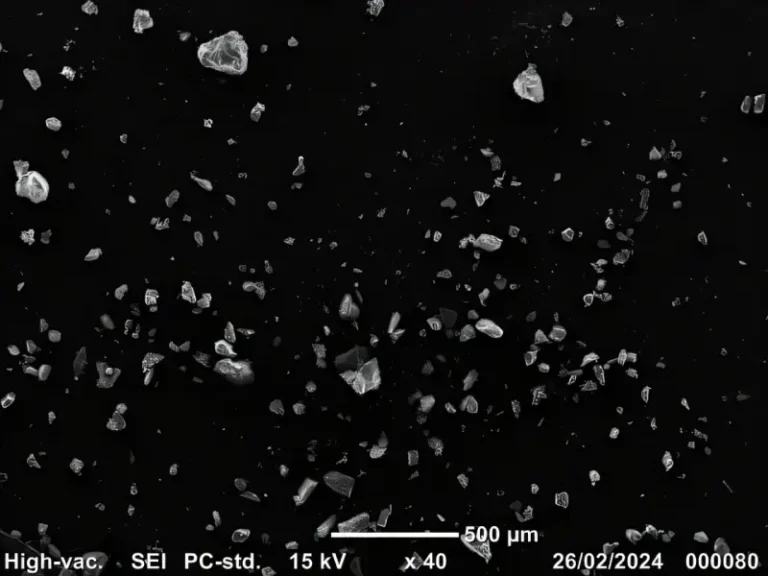A radical new theory challenges the existence of dark matter

For decades, the existence of dark matter has been one of the most widely accepted theories in astrophysics and cosmology. This hypothetical, invisible substance is thought to make up around 85% of the total mass in the universe, providing the gravitational force necessary to hold galaxies and galaxy clusters together. However, a recent study by Dr. Richard Lieu from the University of Alabama in Huntsville has proposed a radically different explanation that could potentially upend our current understanding of gravity and the supposed need for dark matter.
Dark matter was first proposed in 1932 by Dutch astronomer Jan Oort to account for the discrepancy between the observed gravitational effects in galaxies and the amount of visible matter present. Since then, astrophysicists have been searching for direct evidence of this elusive, non-luminous material, but it has remained frustratingly unconfirmed after nearly a century of investigation.
Dr. Lieu’s study suggests an entirely new approach that challenges the very existence of dark matter. According to his theory, the gravitational effects observed in galaxies and clusters could be the result of what he describes as “topological defects” in the universe, rather than the presence of an invisible, massive substance.
“My own inspiration came from my pursuit for another solution to the gravitational field equations of general relativity—the simplified version of which, applicable to the conditions of galaxies and clusters of galaxies, is known as the Poisson equation,” Lieu recently said of his unique approach.
Lieu’s inspiration stemmed from his pursuit of an alternative solution to Einstein’s field equations of general relativity, specifically the simplified Poisson equation applicable to galaxies and galaxy clusters. His interpretation proposes that gravity can exist in the absence of any detectable mass, a concept that arose from his dissatisfaction with the prevailing dark matter hypothesis and its lack of direct evidence after more than a century since the idea was initially proposed.
The crux of Lieu’s theory involves concentric structures comprised of shell-like topological defects, which he believes could account for the excess gravity required to bind galaxies and clusters together. “Topological defects are compact regions of space with a very high density of matter, usually in the form of cosmic strings or spherical shells,” Lieu said in a statement. These structures, according to Lieu, likely originated from a cosmological phase transition – an event where the state of matter changed across the entire universe – that occurred very early in the universe’s history.
Lieu suggests that such a phase transition could potentially generate gravitational effects without the need for mass. The hypothesized spherical shells would consist of an inner layer of positive mass surrounded by an exterior layer of negative mass, resulting in a structure with a net mass of zero. Despite having essentially no mass, objects near these shells would nonetheless experience significant gravitational forces attracting them toward the center.
Einstein’s theories of relativity posit that gravity warps space-time, causing interactions between objects regardless of their mass. Even massless particles, such as photons, are influenced by gravity when passing near extremely dense celestial objects. Lieu believes observations of light deflection and stellar orbital velocities in galaxies could be better explained by these hypothetical massless shells, rather than dark matter.
While Lieu’s theory does not currently offer an explanation for how these massless shells could be formed, he suggests that his alternative approach could lead to new discoveries that could resolve longstanding questions or even help confirm the existence of dark matter itself.
“The availability of a second solution, even if highly suggestive, is not sufficient to discredit the dark matter hypothesis,” Lieu acknowledges, adding that his study may only be “an interesting mathematical exercise at best.”
However, if proven through additional research, Lieu’s theory could provide groundbreaking evidence that gravity can indeed exist without the need for mass. Such a discovery would represent a significant advancement in our understanding of the universe and one of its most enduring mysteries – the nature of gravity itself.
The study was published in Monthly Notices of the Royal Astronomical Society.






